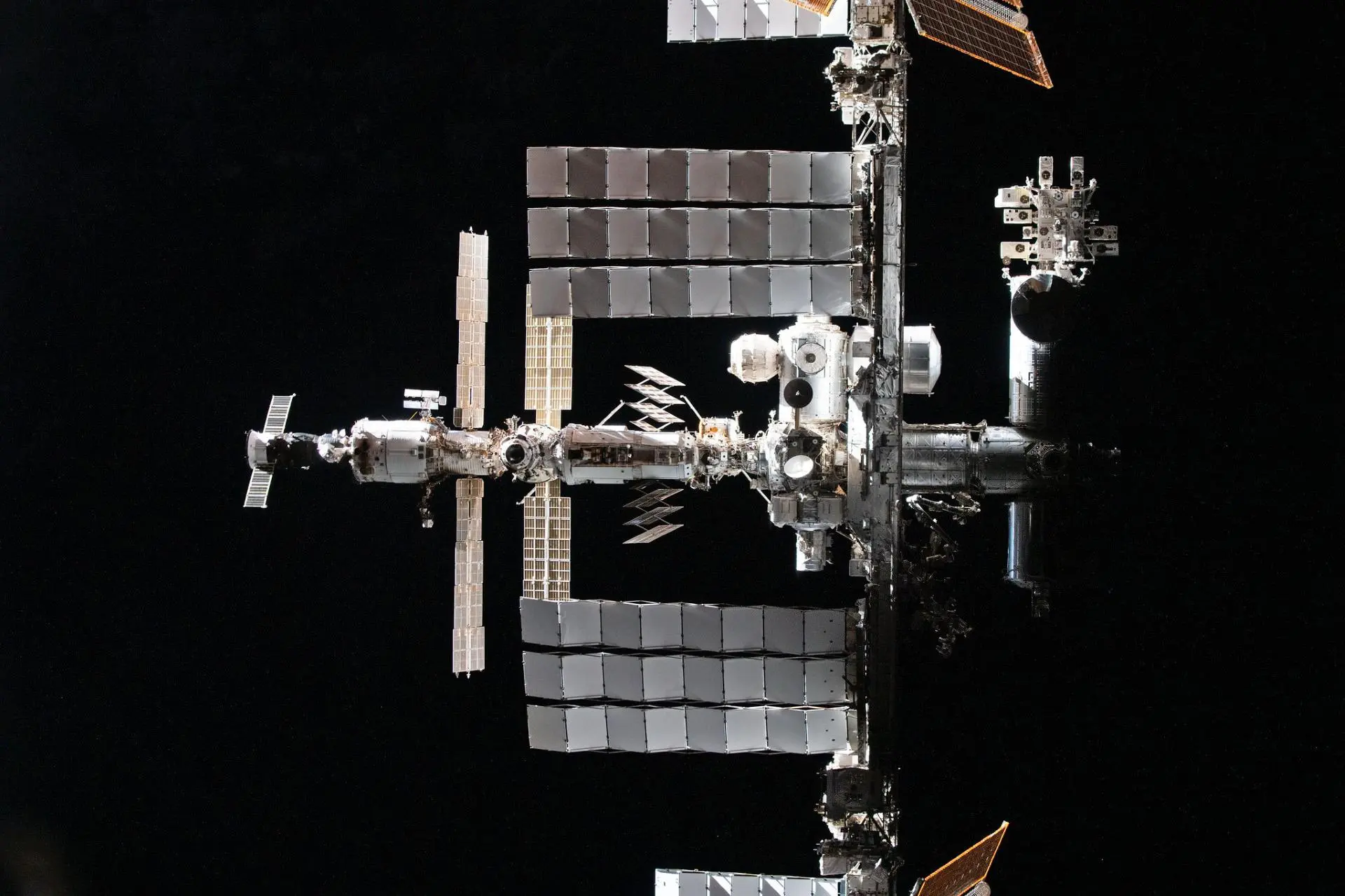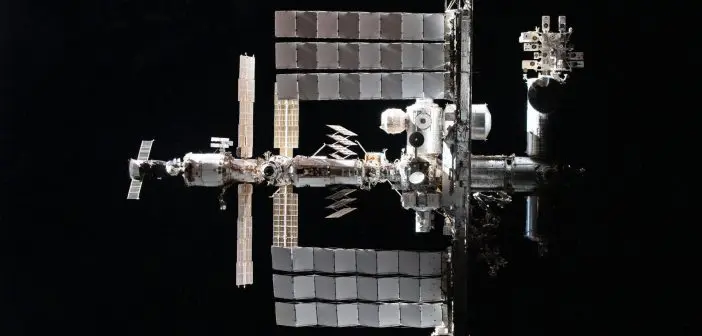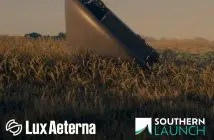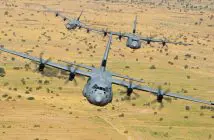
The South Pacific is one of the locations where SpaceX may bring down its International Space Station (ISS) deorbiting vehicle. Sarah Walker, SpaceX’s Director of Dragon Mission Management, told a July 18 media briefing that the area offered a large footprint for the splashdown tentatively scheduled for January 2031.
NASA recently announced that SpaceX would develop and deliver the deorbit vehicle. The ISS’s operational life ends in 2030, and NASA intends to keep fully utilising it until then. After that, NASA intends to conduct a controlled re-entry and put the ISS into an uninhabited part of the ocean. NASA’s International Space Station Program Manager Dana Weigel says the re-entry will be similar to other controlled re-entries of large spacecraft like the Northrop Grumman Cygnus.
“The deorbit itself is the responsibility of the entire ISS partnership,” she said. Alongside NASA, that partnership includes the European Space Agency, Canadian Space Agency, Japanese Aerospace Exploration Agency, and Roscosmos. After considering and deciding against using multiple Roscosmos Progress vehicles for the deorbit, the partnership elected to look at what the US space sector could offer.
“The (deorbit) vehicle’s main purpose is to do the final series of burns that happen over the last week of the ISS’s life as it’s re-entering,” said Weigel. “We recently awarded that contract to SpaceX. The SpaceX concept leverages the Dragon vehicle. But about half the vehicle will be a new design, and 100% of the new deorbit functionality we need is new to the spacecraft.”
NASA and its ISS partners intend to let the space station “drift” down towards Earth over 12 – 18 months, with a crew still onboard until about six months before re-entry. When the ISS is around 220 kilometres above Earth, the deorbit vehicle will perform a series of burns to prepare for the final deorbit and splashdown.
Walker said the operations of the deorbit vehicle was complex and requires substantial development. It will need to take control of the ISS and establish it into a precise deorbit trajectory which lands it into an isolated area of the ocean and minimises risk.
“To achieve this, the deorbit vehicle will need six times the useable propellant and three to four times the power generation and storage of the Dragon spacecraft,” she said. “It needs enough fuel onboard not just for its primary mission but also to operate in orbit with the ISS for about 18 months.”
Walker said the deorbiting burns must be powerful enough to fly the entire ISS while resisting the torques and forces caused by the steadily increasing atmospheric drag. She said the deorbit vehicle would include an enhanced trunk section to house the propellant tanks, engines, avionics power generation, and thermal hardware needed to complete the mission.
While the final splashdown location is yet to be determined and will depend on variables such as the solar cycle, Walker said the South Pacific was emerging as a strong candidate location. NASA says talks of a salvage operation are “interesting” but the space agency said they expect there will be very little left of the ISS to salvage once it hits the water.





